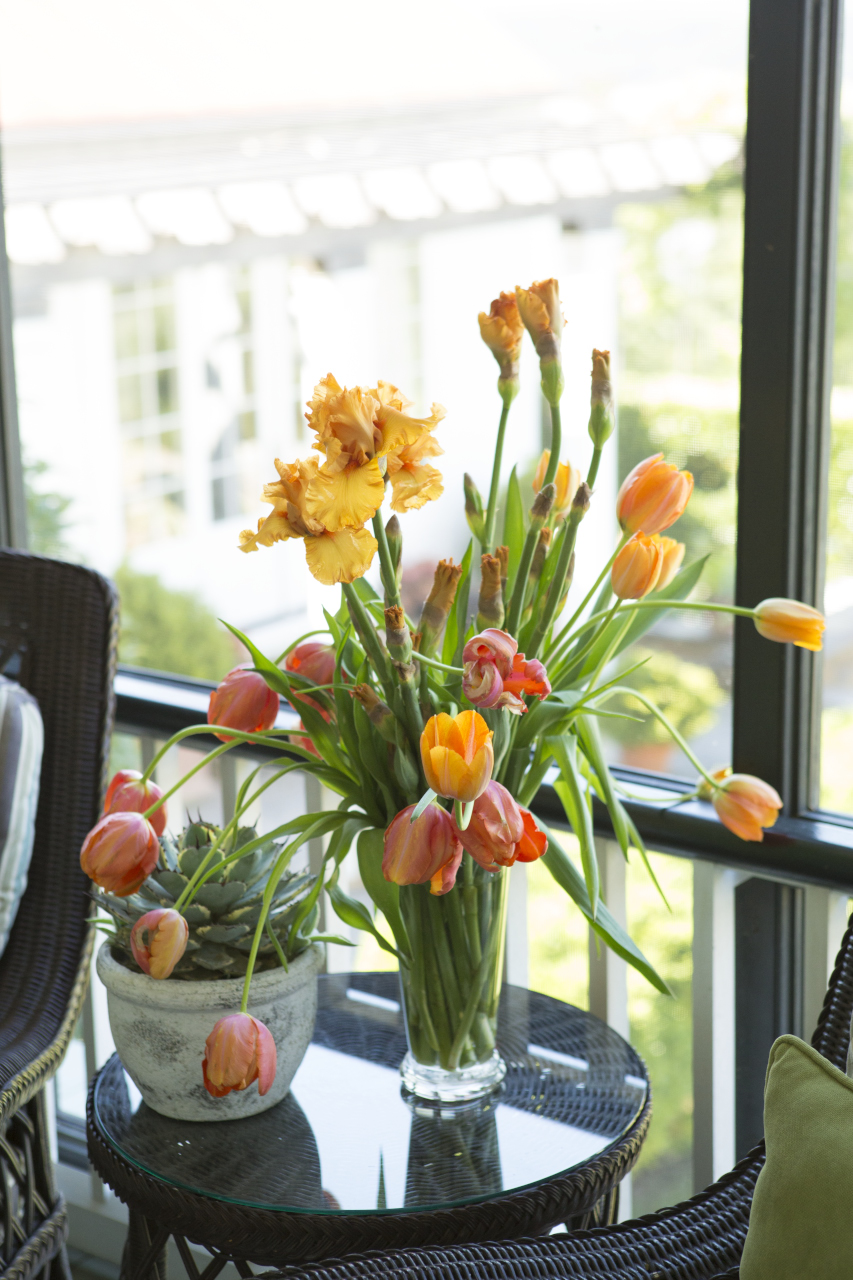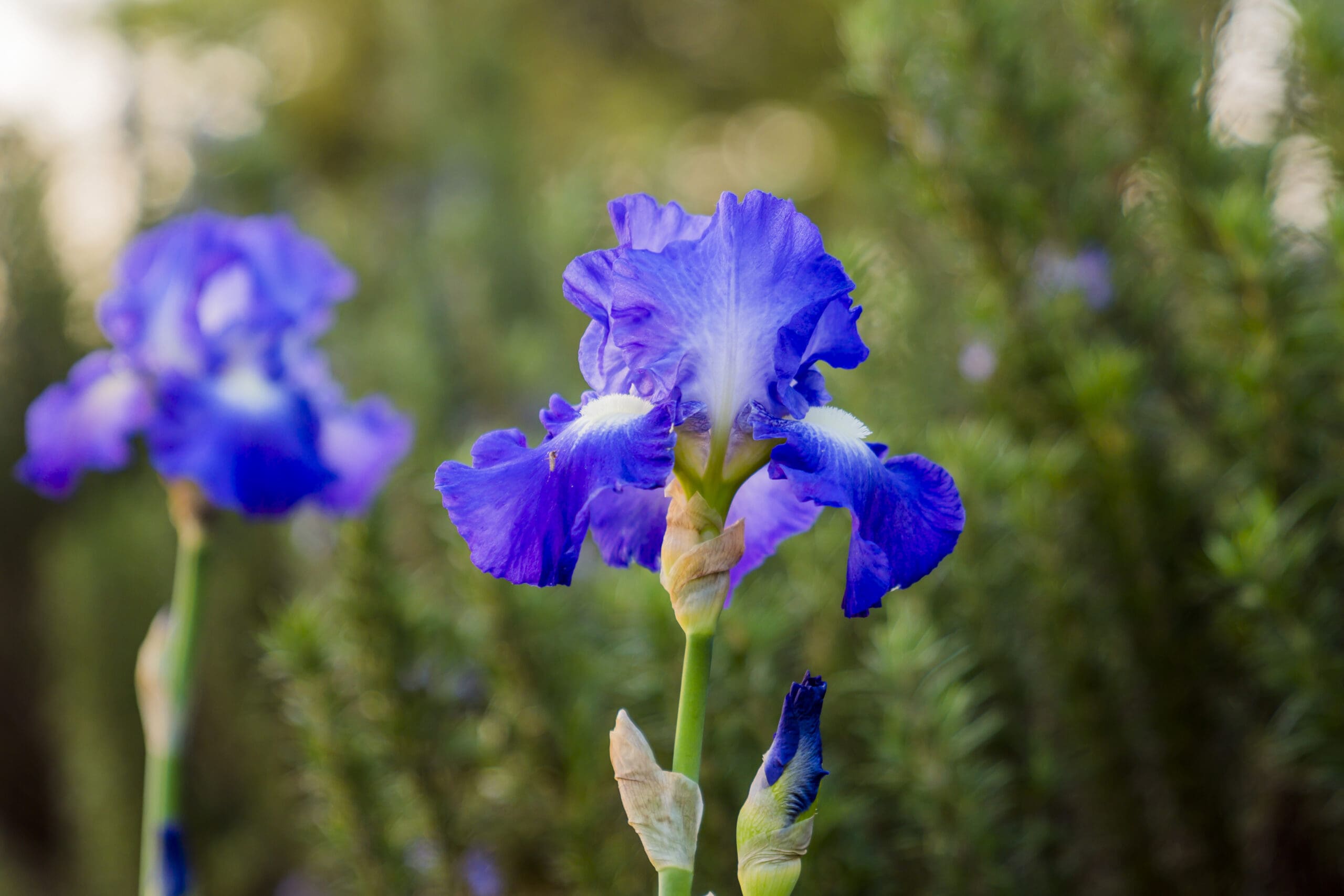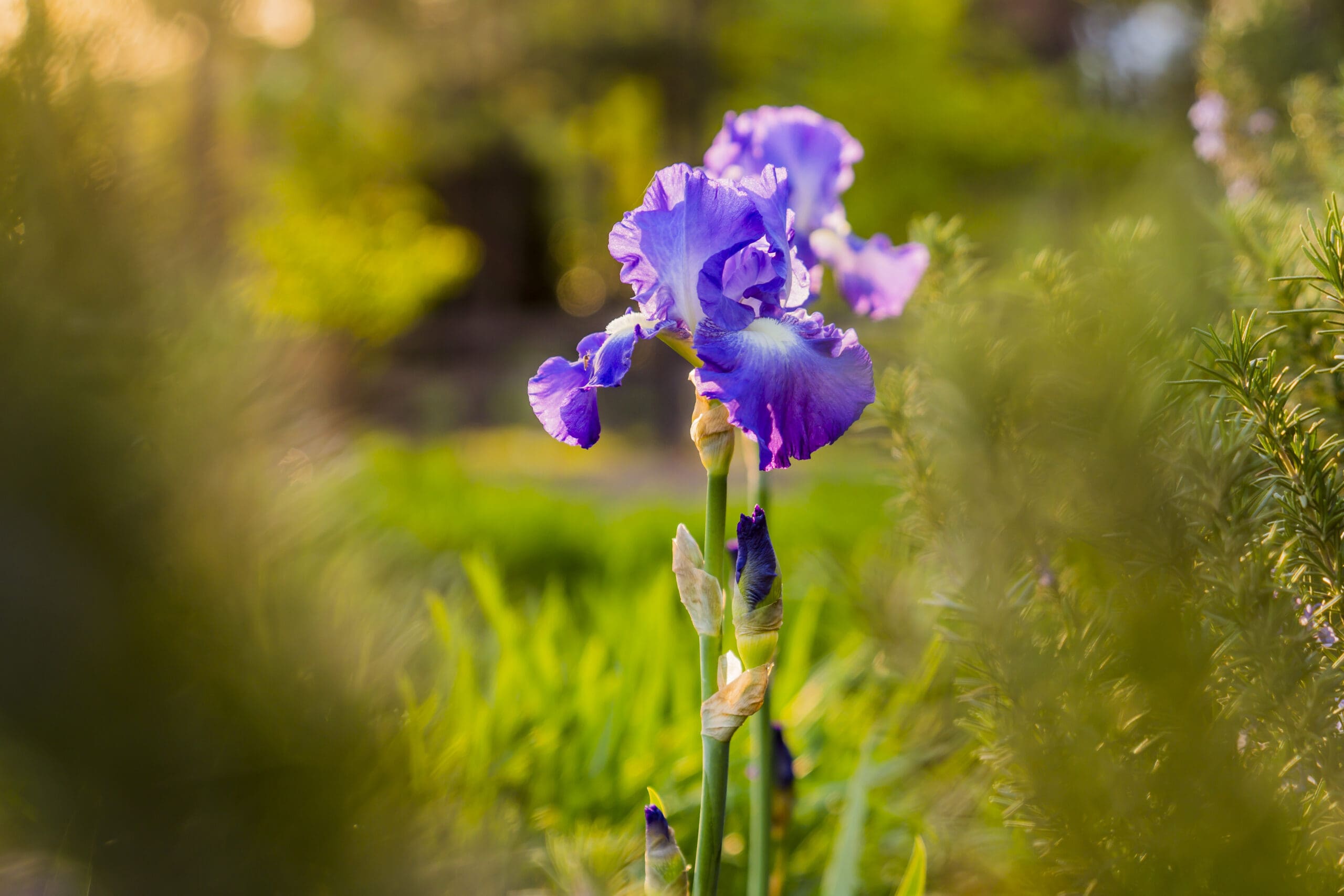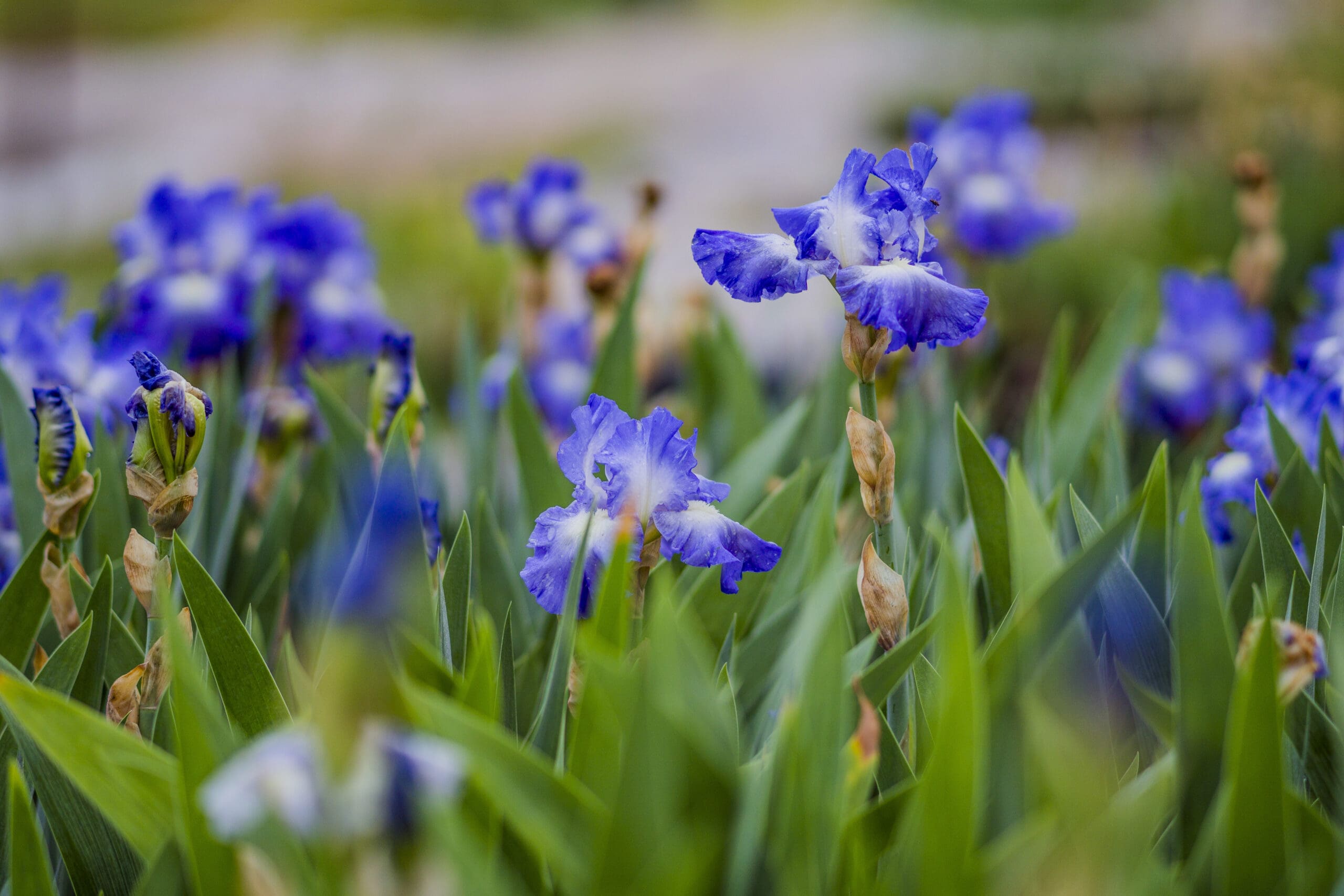Beloved Garden Plants
The iris is one of those beloved garden plants I can’t remember not being aware of, even from my earliest days as a child. Regal, statuesque, and certainly memorable. For many of us, they evoke nostalgic memories about our grandparents’ and parents’ gardens. These perennials were shared and passed along from one eager gardener to the other, one generation to the next. Their appeal is beyond their beauty as they often appear to grow effortlessly in some of the most surprising and challenging places.
Long Love Affair with Iris
As a gardener and designer, I’ve had a long love affair with iris. I tend to always find a place for them in the gardens that I design.
The gardening year begins early with iris. First comes the small iris reticulata that are grown from bulbs planted in the fall then followed by the native iris cristata or the dwarf crested iris. These are soon followed by the tall ‘flags’ as I’ve always heard them called. An iris derived from tall bearded iris; it too is an early bloomer, commonly seen around old homesites and in cemeteries.
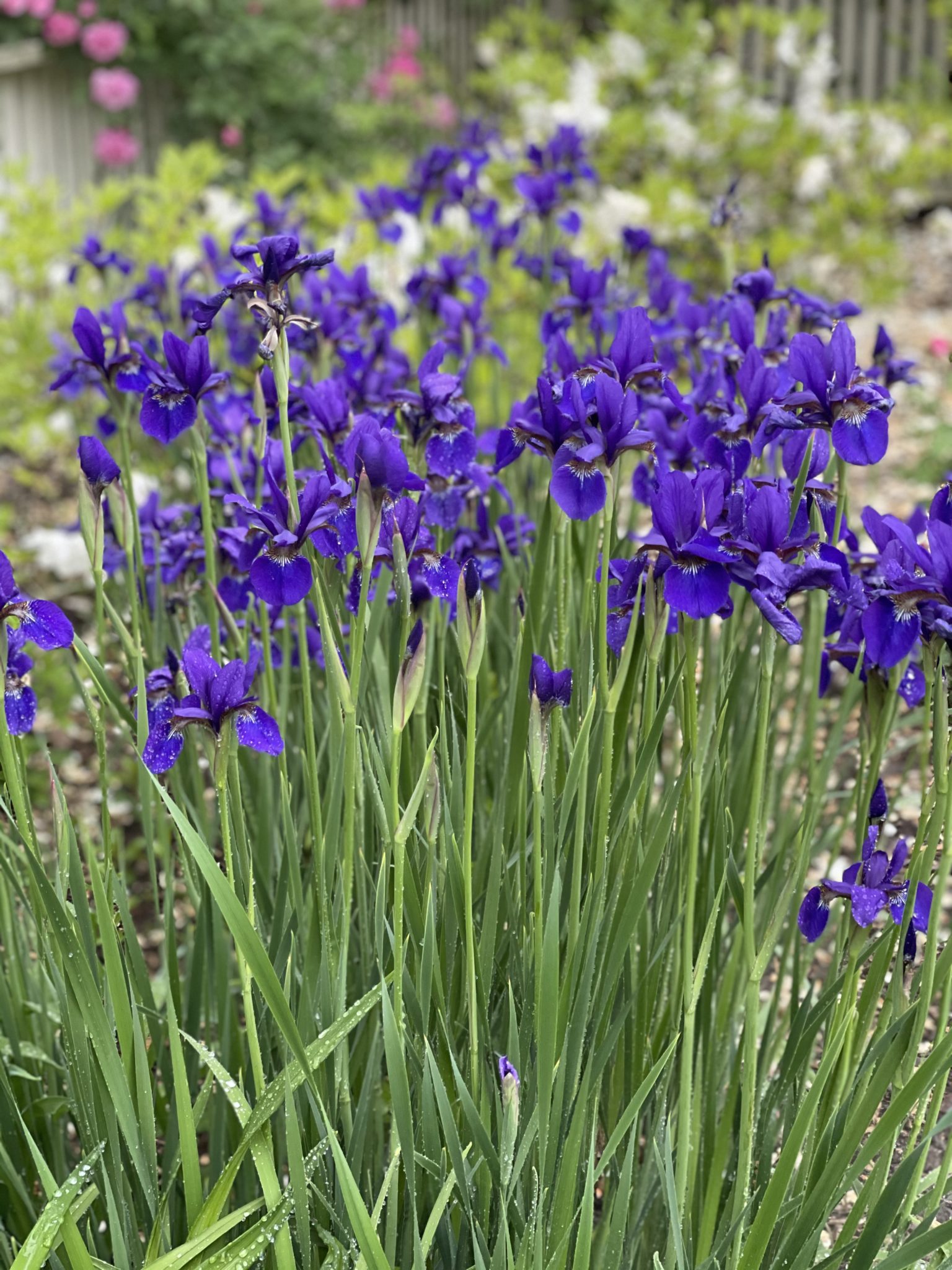
As the garden year continues to unfold, then comes the more water tolerant iris — those that can grow in low wet soil such as Siberian iris and the European yellow flag iris, Iris pseudacorus.
These can be seen blooming about the same time as the Dutch iris we grow from fall-planted bulbs … and by the way, the deer will not eat them.
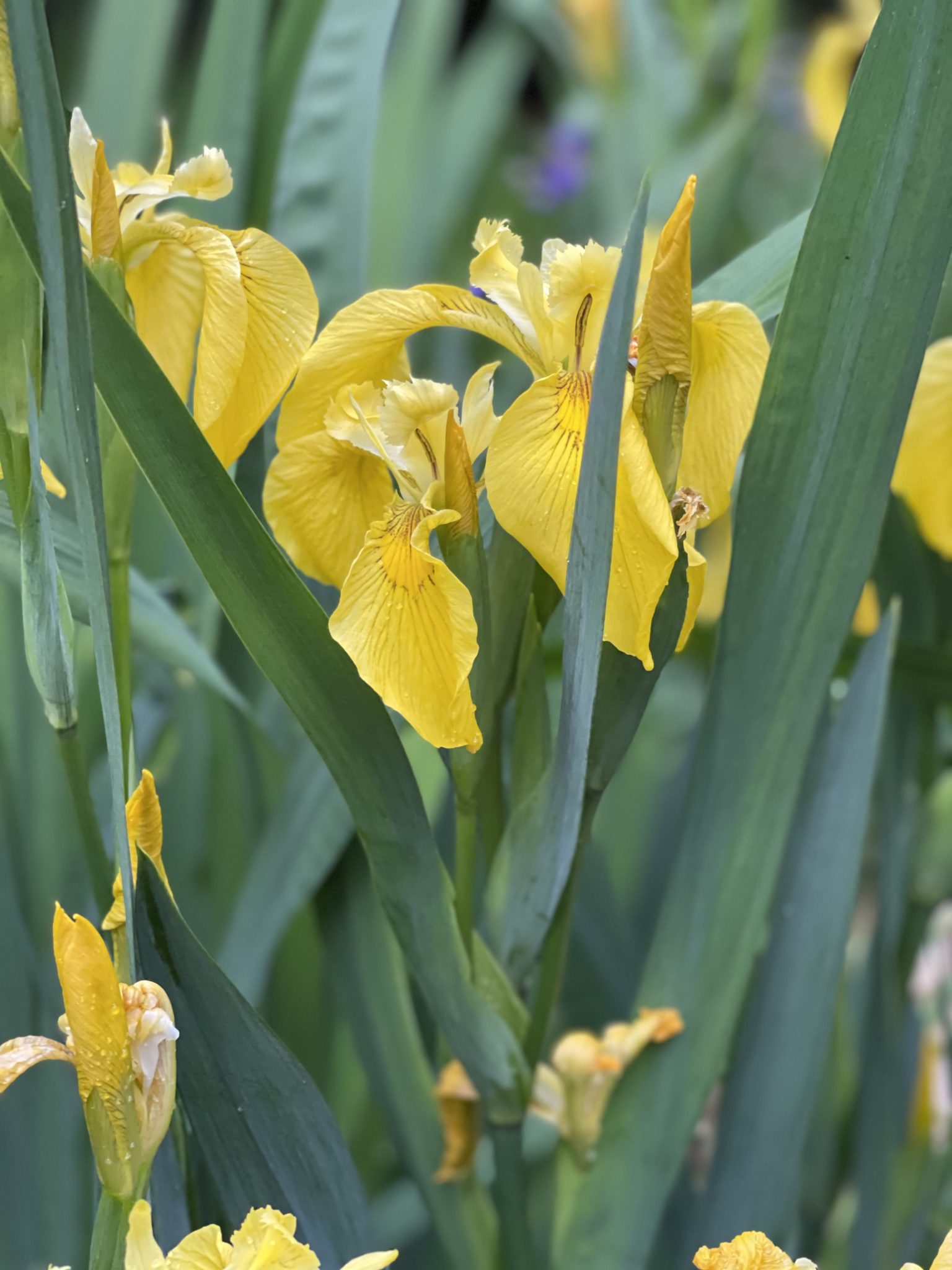
Soon on the heels of these beauties can be seen those bold (if not downright outrageous) and beautiful hybrids of the tall German bearded iris and their more diminutive cousins the low border iris.
Their fragrance is heavenly and the broad strokes of color they afford a garden are second only to peonies.
The last week of April and the first week of May are usually good weeks to see a convergence of some of these water-loving iris and the tall bearded iris that actually prefer plenty of drainage and soils that are not too rich in which to thrive.
I’d be remiss if I didn’t mention one of my favorites and that’s the Louisiana iris, a native.
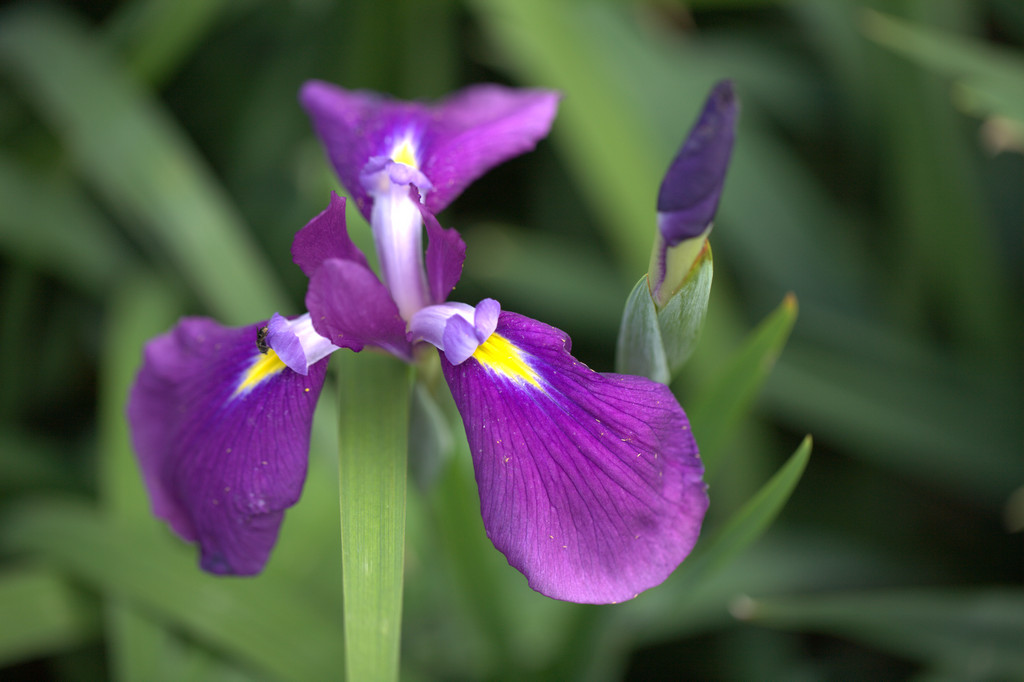
We grow lots of them
Just like Iris pseudacorus they too can grow in standing water. These bloom about the same time as the exquisite Japanese iris with their splendid flattened petals. The Japanese, Siberians and Louisianas all are what I call problem solver perennials. These will grow in those wet boggy places in your garden where few things will thrive.
One thing to remember, though, is that the Japanese iris requires acidic soil. If your soil is inherently alkaline or you plant them anywhere near the foundation of the house or anywhere there might be calcium or lime residue from concrete or other sources they’re likely not to thrive.
Thinking of Planting
When I think of planting I rarely think of plants that are best planted (or transplanted) in the heat of summer, but tall bearded iris are an exception. While August and early September can be hot, these beauties seem to find solace in the heat and establish themselves for the blooming season ahead in the spring.
Clearly, there is an iris for every garden as it is such a broadly diverse family of beautiful plants. You can understand why I look for places to add a few into every garden I can! Join me for a walkabout Moss Mountain Farm where I discuss Iris in my own garden, click here to watch the recording.
